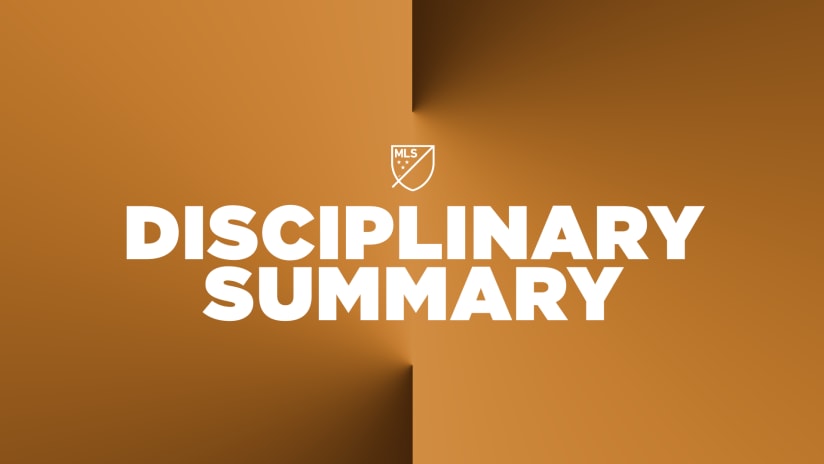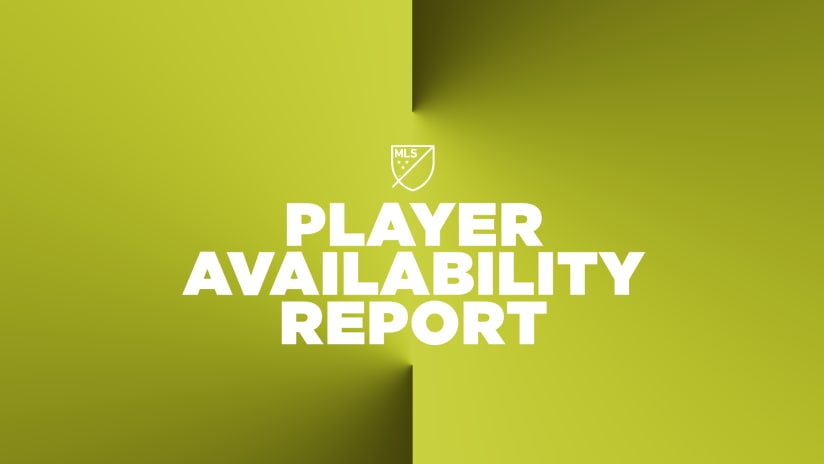You might not remember this, but the New York Red Bulls came out in the 4-2-2-2 to start the 2016 season. It didn't work, which was partially because of the wrong personnel mix, and partially because it's hard to learn a new formation and play it with such risk (the high press RBNY play is all about turbo-charging the risk/reward scales on both ends), but mostly because of some bad finishing.
They switched back to a 4-2-3-1 really quick and were mostly the best team in the league after that, right up to the point where they lost to Montreal in the playoffs.
On Wednesday night at Red Bull Arena in a 1-1 CONCACAF Champions League quarterfinal first leg draw against the Vancouver Whitecaps, RBNY trotted out the 4-2-2-2 again. This is what it looked like:
This is a network passing graph made using Opta data. Each circle represents a player, while the thickness of the lines connecting the players indicates the number of passes they exchanged.
It's not a perfectly accurate representation of what happens in the game. There are a million incidents off the ball that aren't measured, and runs not made, and passes not seen, etc. etc. etc. But it provides, at the very least, a sketch of how the team looks when in possession of the ball and just after it's turned over by either side.
And what you see here are two things: The fullbacks (Sal Zizzo is No. 15 and Justin Bilyeu is No. 20) are playing even higher than last year, to the point where you'd maybe more accurately want to term this as a 2-4-2-2 rather than a 4-2-2-2. And second is that nobody had a particularly strong connection with Bradley Wright-Phillips, No. 99.
BWP found a way to get the only RBNY goal anyway, and it's important to understand that he's not a particularly high-usage player. New York don't play through him the way Portland, for example, play through Fanendo Adi. He affects the game all the same, though – a big part of his purpose, and one that isn't measured through touches, is to stay high and central and occupy the central defenders. Force them to stay deep and thus give the New York midfield more time and space in which to work.
Nonetheless, I'd be a little concerned about getting Wright-Phillips consistent touches in good spots if I was RBNY. Changing Sacha Kljestan's role even slightly, from a pure No. 10 to one of two inside attacking midfielders (there is no artful word for this role that I know of), means a geometric recalibration will be necessary. It didn't happen immediately last year, and it didn't happen immediately on Wednesday either.
Getting back to that first point: Zizzo and Bilyeu, and the newly signed Michael Murillo, and Connor Lade and Kemar Lawrence once they're healthy are all going to log a million miles this year. With New York's midfield as narrow as it played tonight it'll be incumbent upon the fullbacks to cover endline to endline every single game.
We saw it on the goal:
GOAL NY Red Bulls, Bradley WRIGHT-PHILLIPS No. 99 | @NewYorkRedBulls@WhitecapsFC#SCCL#SoyAficionadopic.twitter.com/1knewxZv0y
— THE CHAMPIONS (@TheChampions) February 23, 2017
Both Bilyeu and especially Zizzo had more touches in the attacking half than their defensive half, and – again – that doesn't even account for all the times that they got forward as decoys and never saw the ball. Squad rotation will be key to making this formation work.
A few other notes...
• Vancouver's speed on the counter troubled New York, but not as much as it did last autumn when Erik Hurtado found chance after chance. Still, there was one particular play – a breakaway midway through the second half in which Kekuta Manneh didn't see Cristian Techera – that could spell future trouble.
• An obvious effect of the new formation is to gum up the middle of the pitch and make it impossible for the opposing central defense to pick passes that can gash you defensively. Neither Kendall Waston nor Tim Parker is particularly known for that, but this chalkboard is, nonetheless, pretty revealing:
Red arrows are incomplete passes and green are complete. RBNY's M.O. over the last couple of years has been to force teams to play either long or square, and to use the touchline as an extra defender. Clearly that hasn't changed with the new look, and clearly any opposing central defender is going to have to be comfortable playing quickly if they want to open New York's pressure up, no matter the formation.
• I think Kljestan's probably done taking penalties for a while.
• Sean Davis slotted into the Dax McCarty-sized hole in the starting lineup and put in a solid-if-relatively-anonymous shift. I felt like there were a few times he could've pushed the pace of the game with a little bit more direct play through the lines, but the danger of bad turnovers and blazing counterattacks probably demanded a little extra caution.













